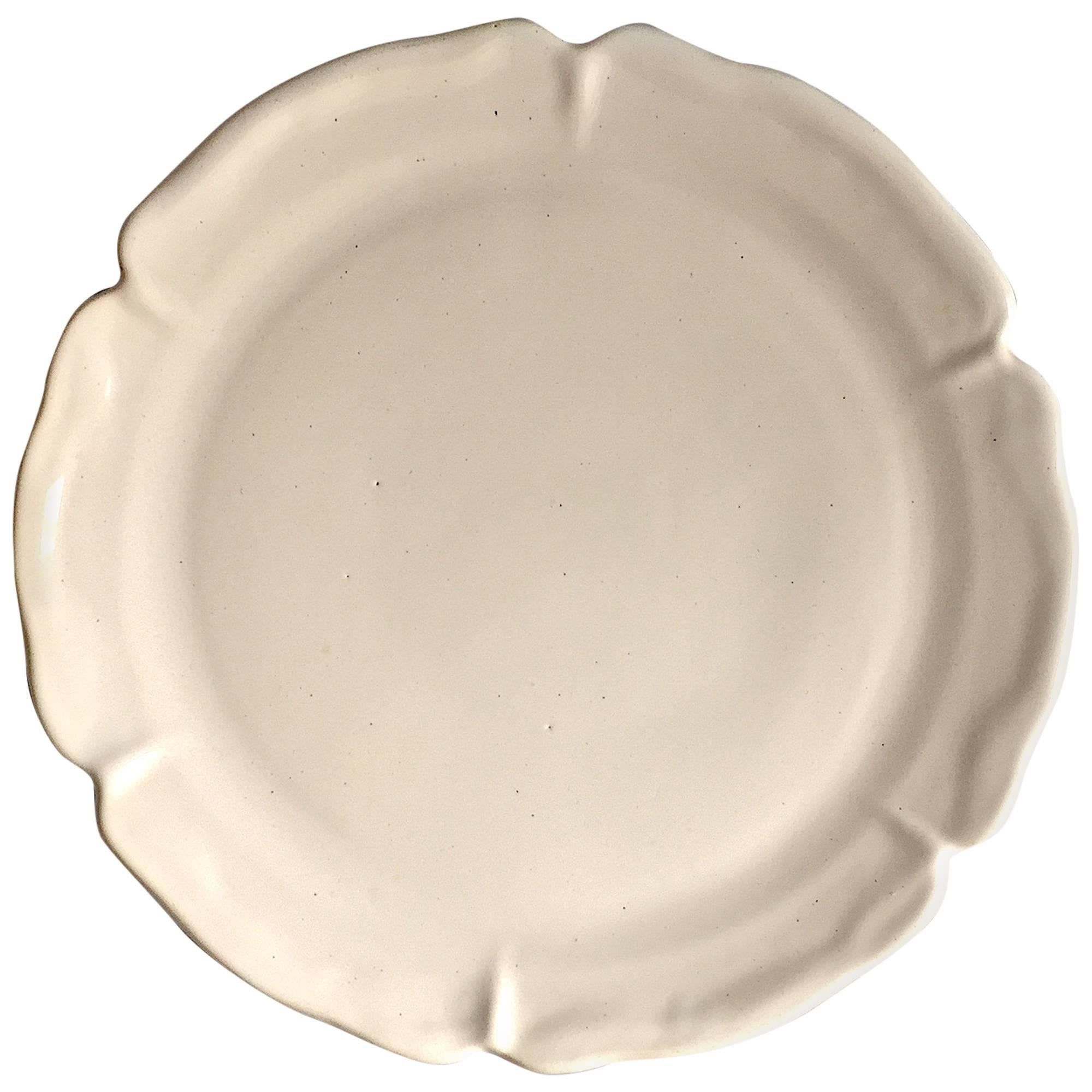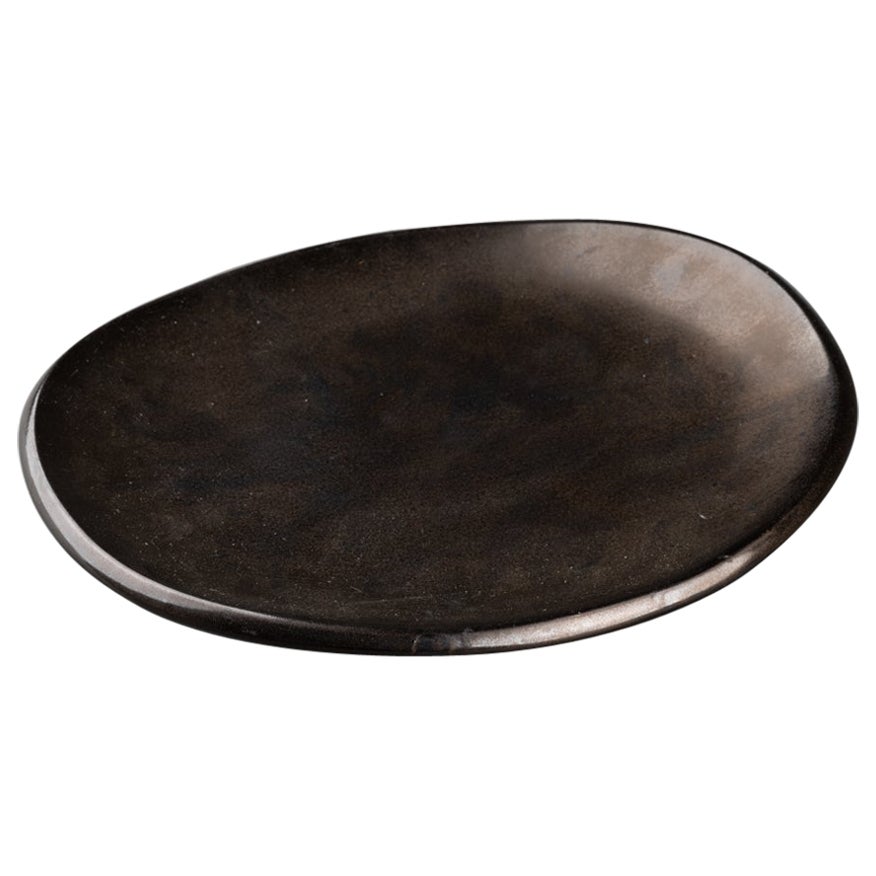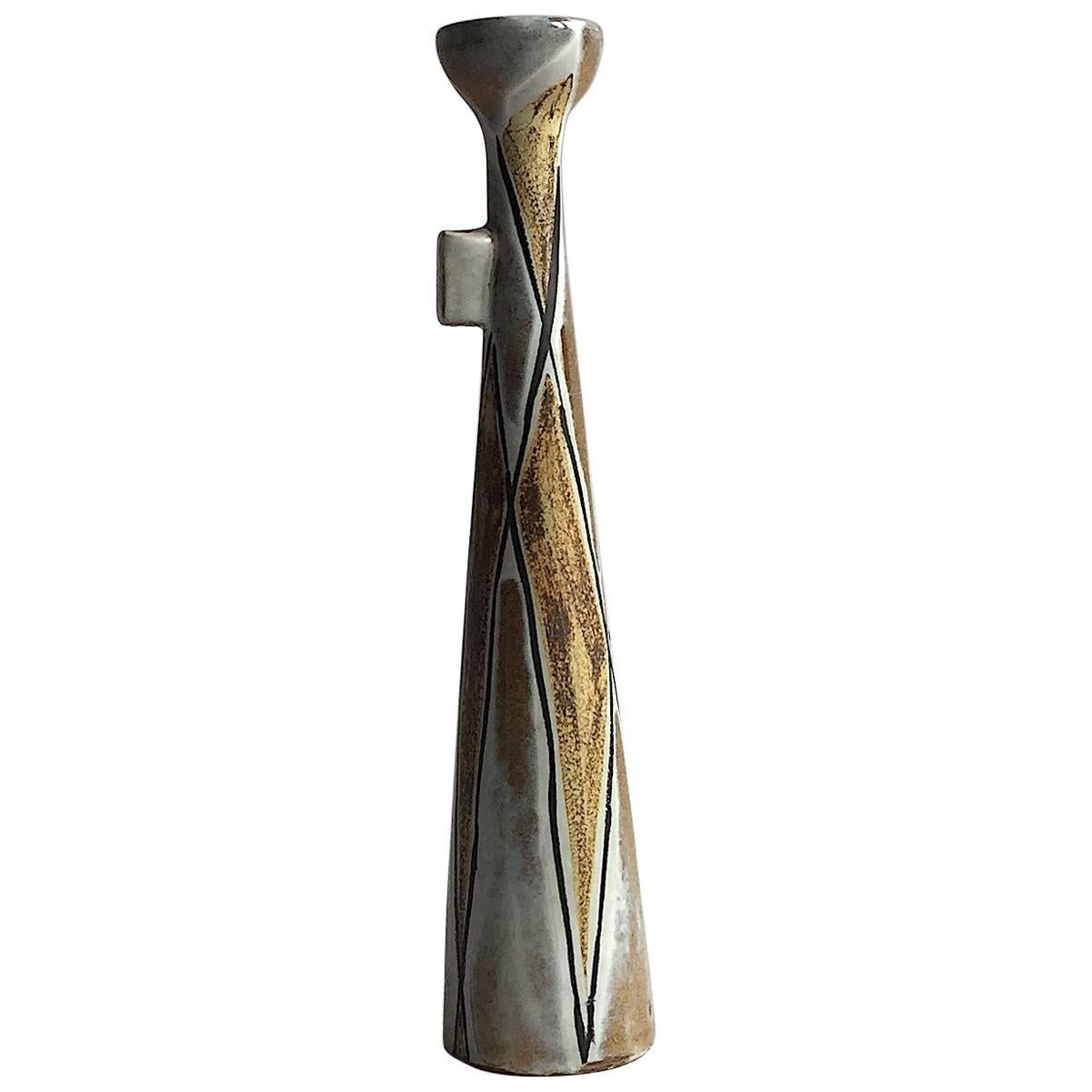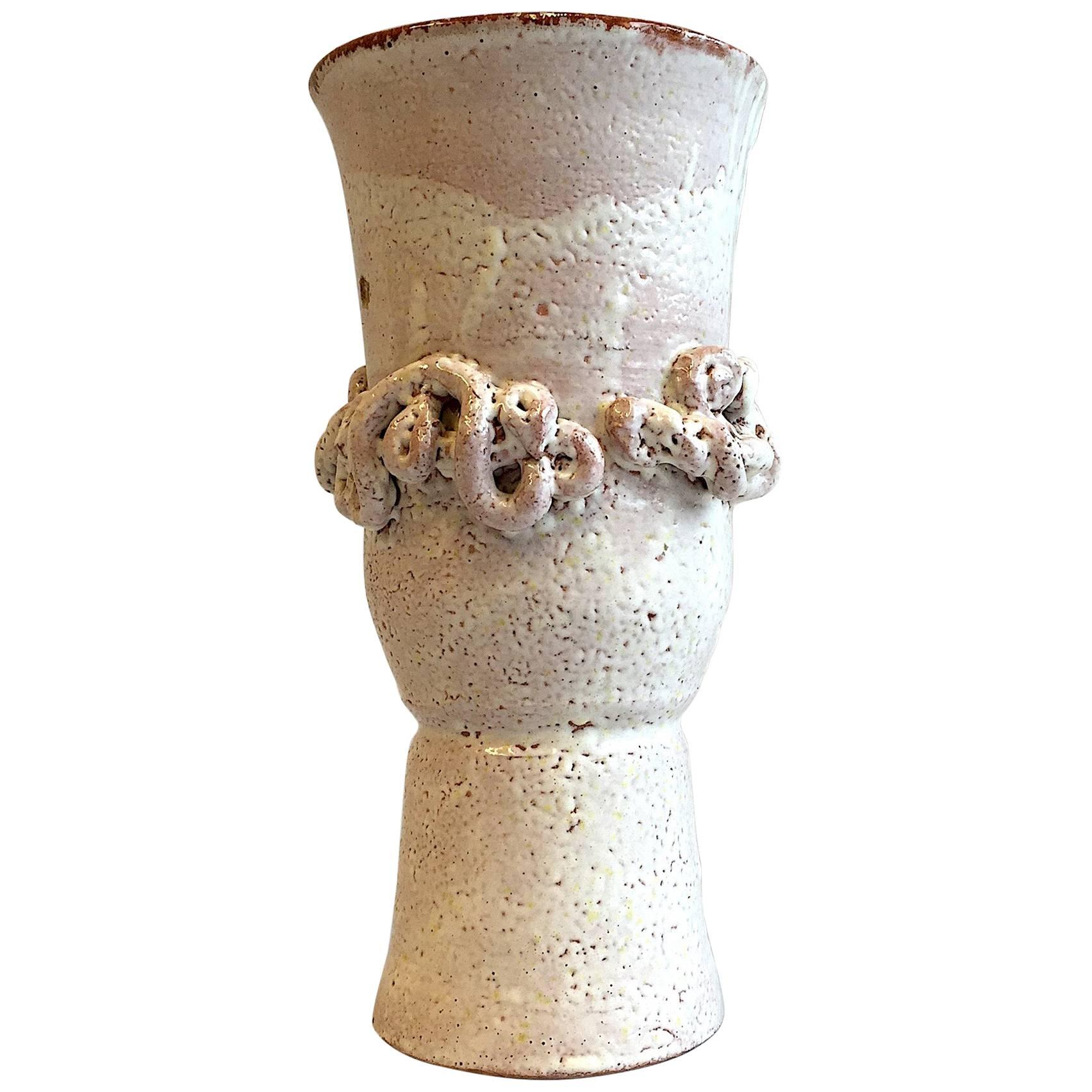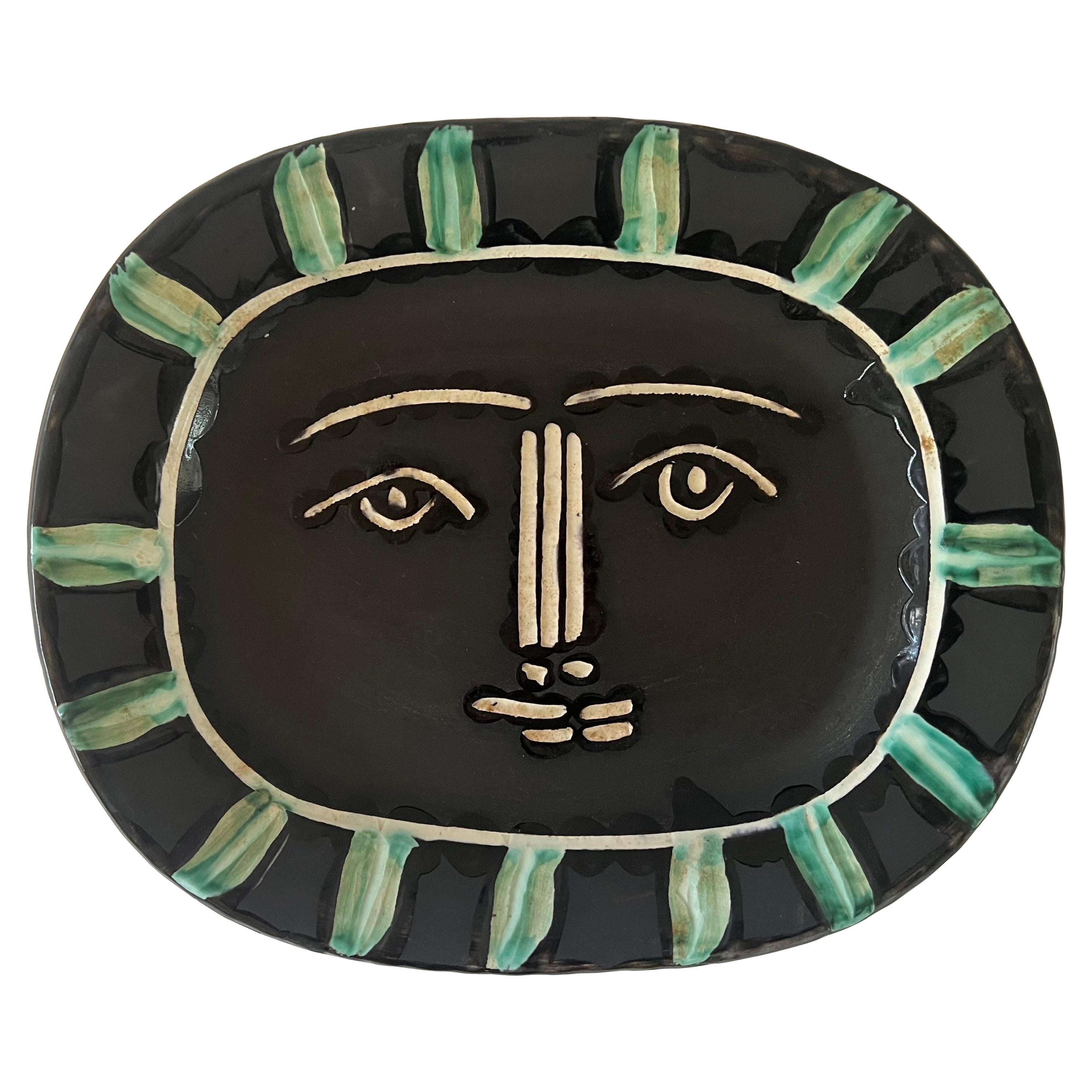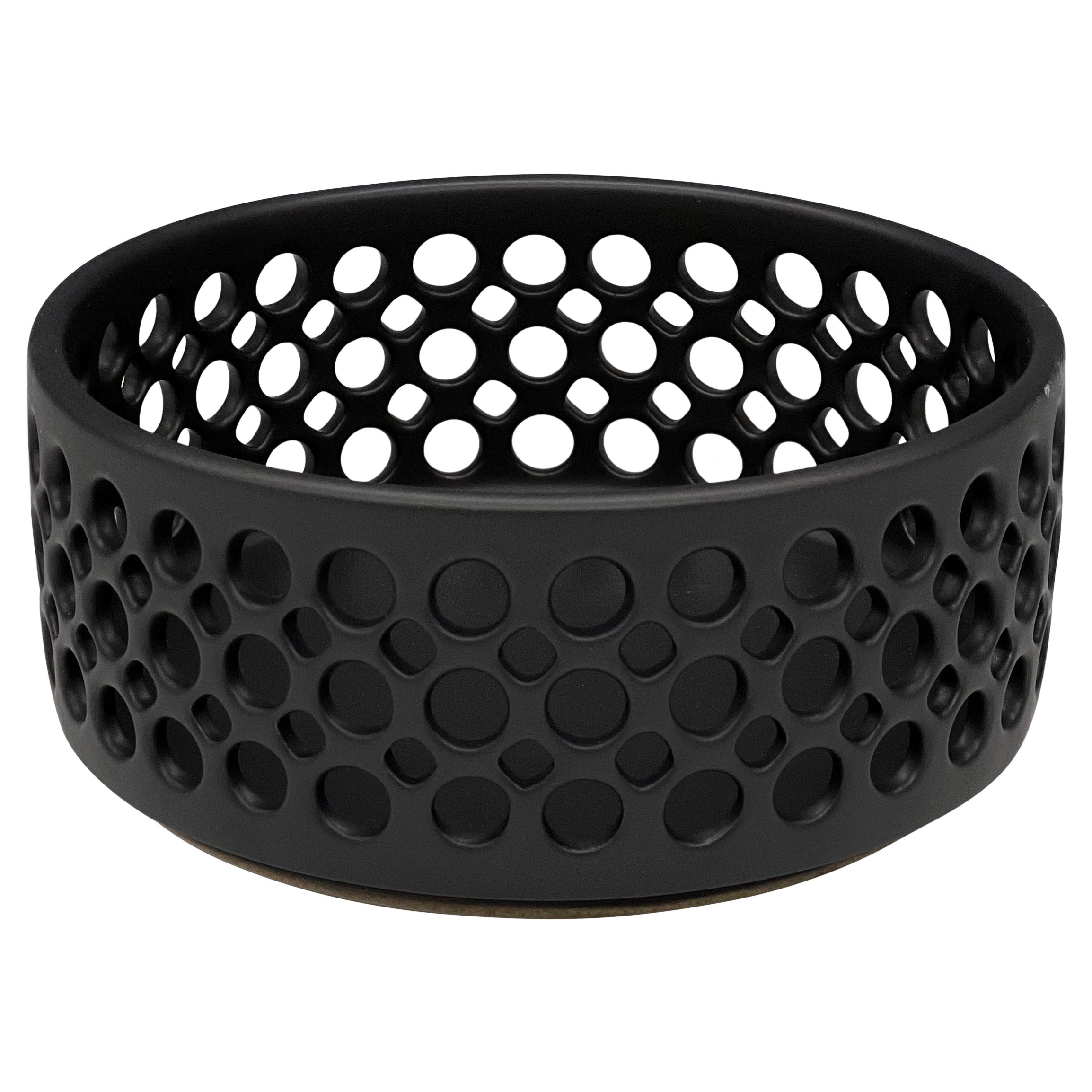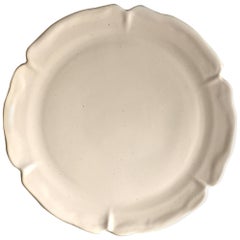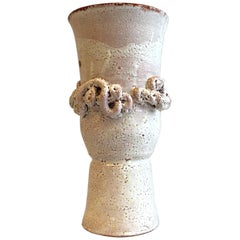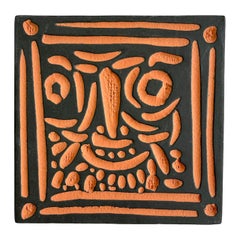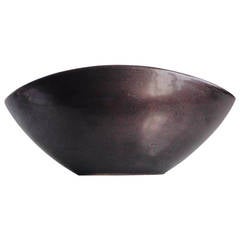
Suzanne Ramié Madoura Black Ceramic Bowl
View Similar Items
Want more images or videos?
Request additional images or videos from the seller
1 of 8
Suzanne Ramié Madoura Black Ceramic Bowl
About the Item
- Creator:Suzanne Ramie (Designer),Madoura (Workshop/Studio)
- Dimensions:Height: 2.76 in (7 cm)Width: 6.54 in (16.6 cm)Depth: 3.55 in (9 cm)
- Style:Mid-Century Modern (Of the Period)
- Materials and Techniques:
- Place of Origin:
- Period:
- Date of Manufacture:50´s
- Condition:
- Seller Location:Munich, DE
- Reference Number:1stDibs: LU100502128712
About the Seller
5.0
Platinum Seller
These expertly vetted sellers are 1stDibs' most experienced sellers and are rated highest by our customers.
Established in 1999
1stDibs seller since 2013
Typical response time: 2 hours
More From This SellerView All
- Suzanne Ramie, Madoura, Large White PlateBy Suzanne Ramie, MadouraLocated in Munich, DESuzanne Ramié (1907-1974,) France. Ceramic large white plate by renowned France artist Suzanne Ramié having a white-milky glaze. Stamped on th...Category
Vintage 1950s French Mid-Century Modern Ceramics
MaterialsStoneware
- Madoura Vase VallaurisBy MadouraLocated in Munich, DEVallauris Madoura vase, France, 1960. Madoura Plein Feu Stamp, Suzanne Ramie H 30,5 , D 6,5 bottom cm.Category
Vintage 1960s French Mid-Century Modern Ceramics
MaterialsCeramic
$2,276 - Madoura Vase VallaurisBy MadouraLocated in Munich, DEVallauris Madoura vase, France, 1960 Madoura Plein Feu stamp, (hard to see) Suzanne Ramie Measures: H 29 , D 14 bottom cm.Category
Vintage 1960s French Mid-Century Modern Ceramics
MaterialsCeramic
$3,035 - Beate Kuhn Abstract Ceramic Bowl 1960sBy Beate KuhnLocated in Munich, DEWonderful early work of the famous German ceramic Artist Beate Kuhn from the 1960s. The bowl is designed in red, white and black glazed ceramic with an abstract forms. Artist signatu...Category
Vintage 1960s German Mid-Century Modern Ceramics
MaterialsCeramic
- Guido Gambone Huge Blue Ceramic BowlBy Bruno GamboneLocated in Munich, DEColorful huge bowl in blue, dark grey and golden glazed ceramic made by Bruno Gambone in the 1970s, signed Gambone Italy on the bottom.Category
Vintage 1970s Italian Mid-Century Modern Decorative Bowls
MaterialsCeramic
- Picasso Ceramic Sujet Colombe Madoura Edition Picasso 1959By Madoura, Pablo PicassoLocated in Munich, DEPablo Picasso designed Stone Vase Faience in white clay with blue and black painting, glazed. Ex. 129/500. Madoura, Edition Picasso. Madoura Plein Feu. 16 H x22 W x 10.5 D cm. Ramie ...Category
Vintage 1950s French Modern Animal Sculptures
MaterialsCeramic
You May Also Like
- Madoura, Very Large Ceramic Platter Attributed to Suzanne Ramie, VallaurisBy Madoura, Suzanne RamieLocated in Saint-Ouen, FRMadoura, very large ceramic platter attributed to Suzanne Ramie, Vallauris.Category
Vintage 1960s French Mid-Century Modern Ceramics
MaterialsCeramic
- Suzanne Ramié : "Concave plate", black enameled circa 1950 - Madoura studioBy Suzanne RamieLocated in SAINT-OUEN-SUR-SEINE, FRSuzanne Ramié (1907-1974, France) : "Concave plate" Black round-oval shaped enameled ceramic plate with iron oxyds reflexions Studio "Madoura plein feu" stamped "Madoura Plein Feu"...Category
Mid-20th Century French Mid-Century Modern Ceramics
MaterialsCeramic
- Pablo Picasso Tile Little Bearded Face Madoura Ceramic Square Tile 1968By Pablo Picasso, MadouraLocated in Basel, BSPablo Picasso tile 'Little bearded Face' created in 1968 December, 1969 January, red earthenware clay, square sized 17 cm x 17 cm. printed and numbe...Category
Vintage 1960s Spanish Mid-Century Modern Ceramics
MaterialsEarthenware
- Ceramic Plate Visage Gris 'Grey Face' A.R. 206 by Pablo Picasso & Madoura, 1953By Madoura, Pablo PicassoLocated in New York, NYThe engraved and brush painted ceramic plate, Visage Gris (Grey Face) is one the most iconic pieces created by Pablo Picasso (1881 - 1973) at the Madoura workshop in Vallauris, France. It is said "all portraits are self portraits". In this work, we see Picasso's wistfulness, vulnerability and humor set within a beautiful image representing both the sun and the moon, the masculine and the feminine. Picasso mastery of form, image, composition and subtle color is evident in a work that resonates transcendence. Created in 1953, Pablo Picasso ceramic Visage Gris (Grey Face), 1953 A.R. 206 is a Madoura white earthenware clay, knife engraved under partial brushed glaze with decoration in engobes (green, black, white) from the edition of 500. This work is stamped with the 'Madoura PLEIN FEU' and ‘EMPREINTE ORIGINALE DE PICASSO’ pottery stamps on the reverse. Dimensions: 12 3/8 x 15 1/8 x 1 5/8in (31.4 x 38.3 x 4.1cm). Madoura was an artisan workshop created by Georges and Suzanne Ramie which collaborated with Picasso in the fabrication and hand painting of the works. Pablo Picasso designed 633 different ceramic editions between 1947 and 1971 at the Madoura workshop, with a number of variants and unique pieces resulting from these initial works. He began by creating simple, utilitarian objects such as plates and bowls, but later produced more complex forms, including pitchers and vases — their handles occasionally shaped to form facial features, or anatomical parts of his animal subjects. Picasso remains one of the highest-grossing artists at auction today, and the range of his ceramics means it's possible to find both a good investment and a beautiful object. Visage Gris is among the most important. A Short Biography follows: Pablo Picasso revolutionized the art world and to many is THE artist of the 20th century. He is famous for his role in pioneering Cubism with Georges Braque and for his melancholy Blue Period pieces. Original signed Picasso lithographs and prints are a sure investment. Madoura Picasso ceramics are highly collectible in their own right. As one of the most influential Modern artists of the 20th century, Pablo Picasso is renowned as a legendary artistic master to this day. Born on October 25, 1881 in Malaga, Spain, Pablo Picasso was a child prodigy who was recognized as such by his art-teacher father, who ably led him along. The small Museo de Picasso in Barcelona is devoted primarily to his early works, which include strikingly realistic renderings of casts of ancient sculpture. Picasso was a rebel from the start and, as a teenager, began to frequent the Barcelona cafes where intellectuals gathered. He soon went to Paris, the capital of art, and soaked up the works of Edouard Manet, Gustave Courbet, and Henri de Toulouse-Lautrec, whose sketchy style impressed him greatly. Then it was back to Spain, a return to France, and again back to Spain – all in the years 1899 to 1904. Before he struck upon Cubism, Picasso went through a prodigious number of styles – realism, caricature, the Blue Period, and the Rose Period. These distinguished styles are apparent in the unique original works as well as Picasso ceramics, lithographs, linocuts, and etchings that he created later in his life. The Blue Period dates from 1901 to 1904 and is characterized by a predominantly blue palette and focuses on outcasts, beggars, and prostitutes. This was when he also produced his first sculptures. The most poignant work of the style, La Vie (1903), currently located in Cleveland’s Museum of Art, was created in memory of his childhood friend, the Spanish poet Carlos Casagemas, who had committed suicide. The painting started as a self-portrait, but Picasso’s features became those of his lost friend. The composition is stilted, the space compressed, the gestures stiff, and the tones predominantly blue. The Rose Period began around 1904 when Picasso’s palette brightened and is dominated by pinks and beiges, light blues, and roses. His subjects are saltimbanques (circus people), harlequins, and clowns, all of whom seem to be mute and strangely inactive. One of the premier works of this period is Family of Saltimbanques (1905), currently in Washington, D.C. at the National Gallery, which portrays a group of circus workers who appear alienated and incapable of communicating with each other, set in a one-dimensional space. In 1905, Picasso went briefly to Holland, and on his return to Paris, his works took on a classical aura with large male and female figures seen frontally or in distinct profile, as in early Greek art. One of the best examples of this style is in the Albright-Knox Gallery in Buffalo, NY, La Toilette (1906). Several pieces in this new, classical style were purchased by Gertrude Stein (the art patron and writer) and her brother, Leo Stein. With his groundbreaking 1907 painting Les Demoiselles d’Avignon...Category
Mid-20th Century French Mid-Century Modern Figurative Sculptures
MaterialsEarthenware
- Green and White Free Form Ceramic Vase circa 1950 French Design Style of MadouraBy MadouraLocated in Neuilly-en- sancerre, FRCeramic vase Original free form ceramic vase with white and green ceramic glazes colors Perfect condition In the style of MADOURA 20th ...Category
Mid-20th Century French Mid-Century Modern Vases
MaterialsCeramic
- Pierced Cylindrical Ceramic Bowl BlackBy Lynne Meade CeramicsLocated in Oakland, CAInspired by Mid-Century Modern design, the pierced collection is wheel thrown and hand pierced stoneware with a satin glaze. Small holes are created when the clay is still wet and th...Category
21st Century and Contemporary American Mid-Century Modern Decorative Bowls
MaterialsClay
Recently Viewed
View AllMore Ways To Browse
Ceramic Oval Bowl
Madoura Suzanne Ramie
Japanese Ceramic Plates
Japan Ceramic Plate
Mason Ironstone China
Large Ceramic Painted Bowl
Silver Wall Plaque
Antique Masons Ironstone China
Black Mugs
Staffordshire Pottery Blue
Pottery Bowl Japan
Salt Glaze Ceramic
German Majolica
Japanese Blue White Plate
Madoura Ceramics
Glazed Stoneware Plate
Blin Jacques
Arabia Ceramic

